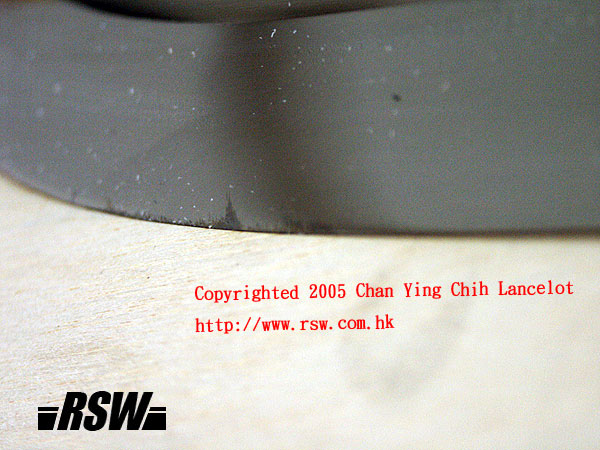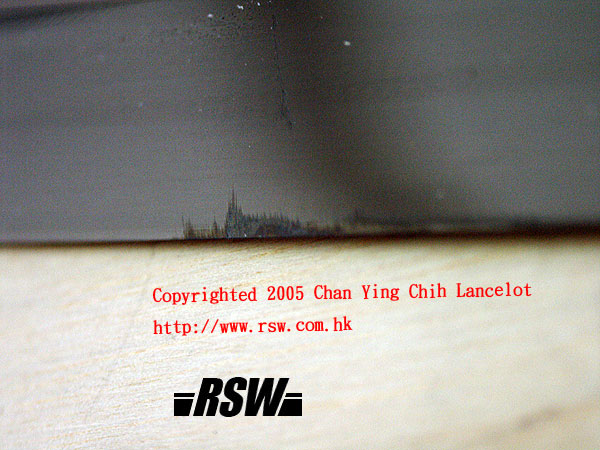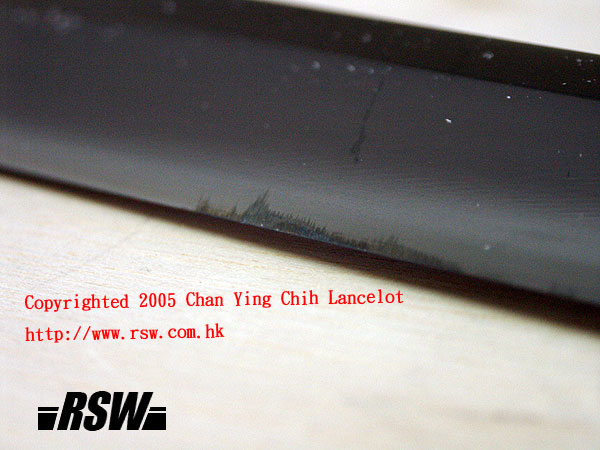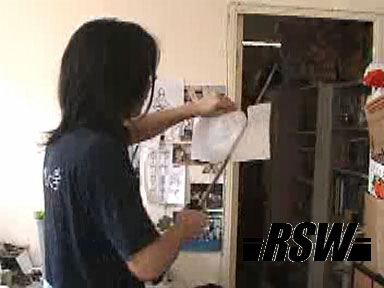

- Freestyle fencing with the historical arsenal
Lancelot's review on Martial Art Swords Sun Flower Classic
by Lancelot Chan
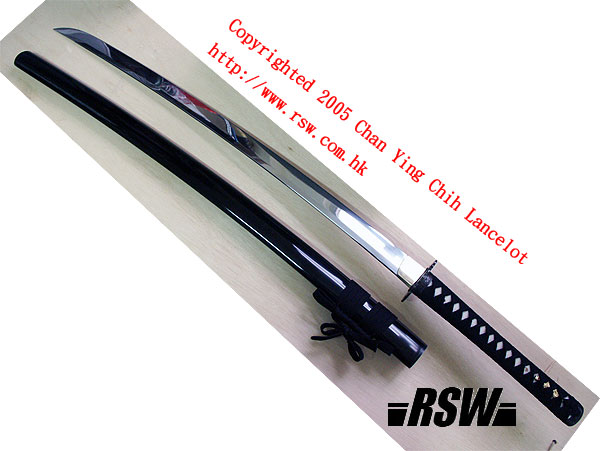
First of all, I would like to thank Korean company Martial Art Swords for sending me a katana for a public review. This sword can be found here at their website. The sword came in good packing that were both effective and light! It was made of a cardboard tube and then bubble wrapped film. Then there was a sword bag with reinforced end. All these showed that the company had given the sword and the customer a good care.

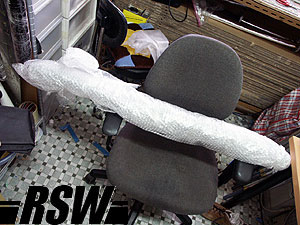
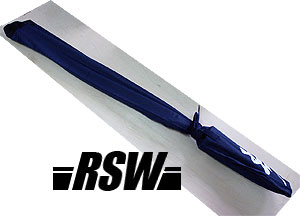
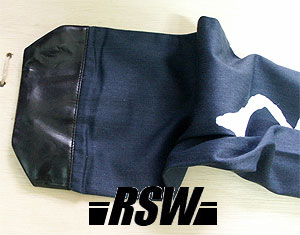
I looked at the fittings of the sword and they were made in Japanese style. When I unsheathed the sword, I thought the plain habaki was installed reversely. That was an ignorant on my part that later on I learned from Martial Art Swords that it was their unique habaki style. The habaki was a bit loose and when I handled the sword, it kept sounding and at first I was not used to it, thinking it might disassemble in the air at any given moment. However, after some handling and later on test cutting, the sword proved to be sturdy so there was no problem with the sound. The handle wrapping was done very nice and the gripping experience was a lot more comfortable compare to my experience with other Katana.
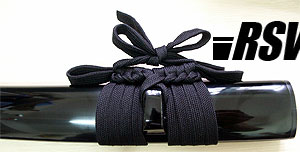
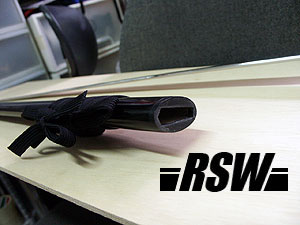
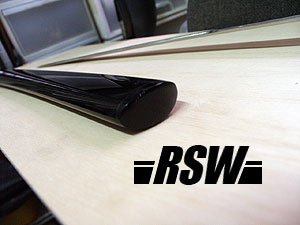

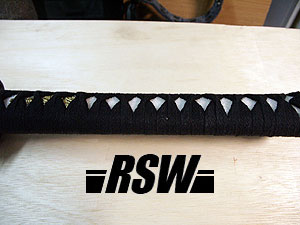
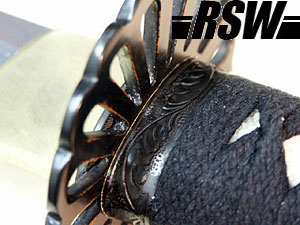
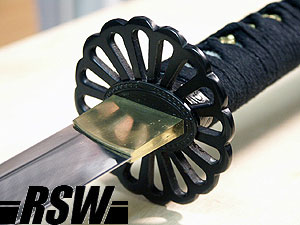
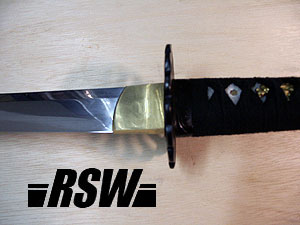
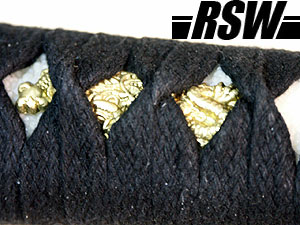
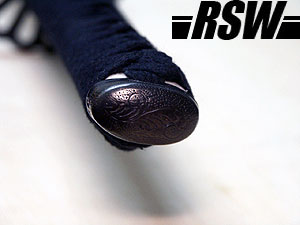
Then my attention came to the blade. It was 5.5mm to 6mm thick at base, which was very thin by Katana's standard. According to Martial Art Swords, they could make it this thin because their metallurgy was superior than the old times, and the sword would still hold up even with such a thin blade and edge. The edge was very sharp, to the absolutely no light reflection degree that I came to call as "black-hole edge". It was not sharp at the base, though, for it was designed to take opponent's blows there. The blade geometry was a flat grind from the edge to the ridge, then flat again from the ridge to the spine without going thinner at the back. This blade configuration screamed "a sword made for cutting soft material" to me, as I am familiar with those Katana made for test cutting competition. However, Martial Art Swords told me I could cut any target I cut with my Brescia Spadona, including the infamous pork arm. Wow, that was quite a claim and I had a little doubt on it. The tip was of the style without Yokote, Shobu Zukiri. The blade spotted a straight Hamon pattern visible in proper angle and lighting. There was very little wind-breaking sound when swung with proper blade alignment, so one had to rely on his usual training without audio clue to tell if one was cutting good or not. The finish was mirror like, lines were crisp and symmetrical. Overall it was very visually pleasing.
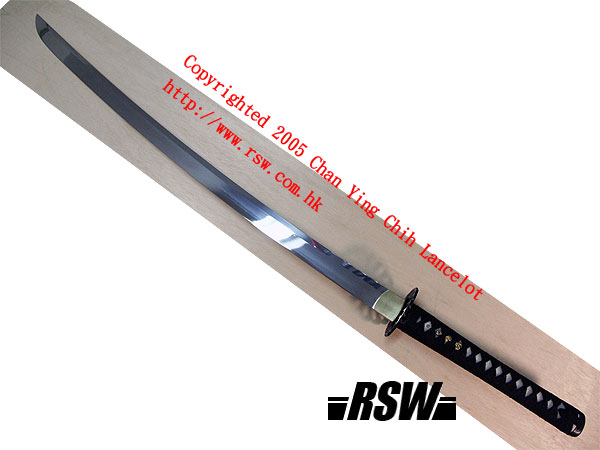
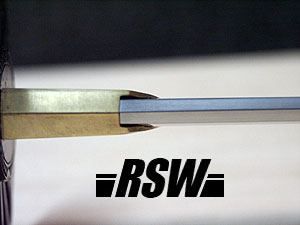
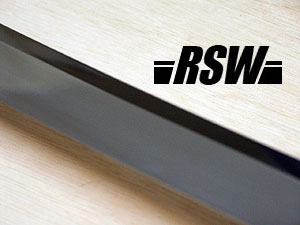
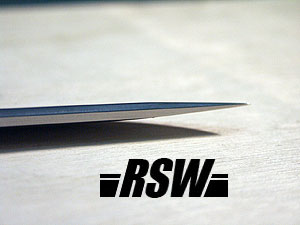
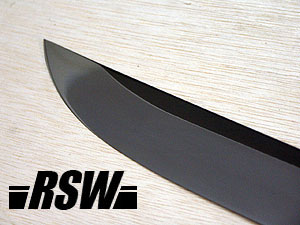
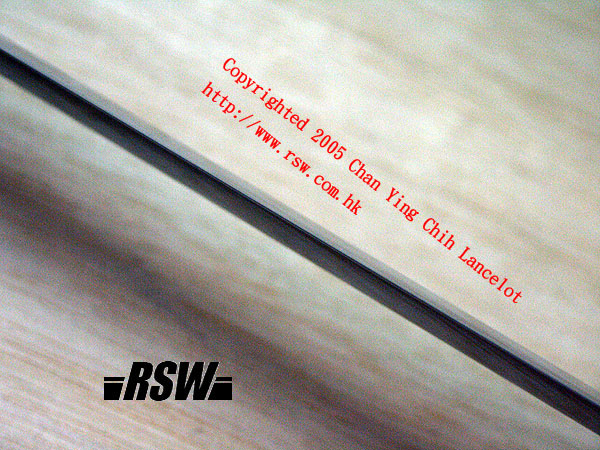
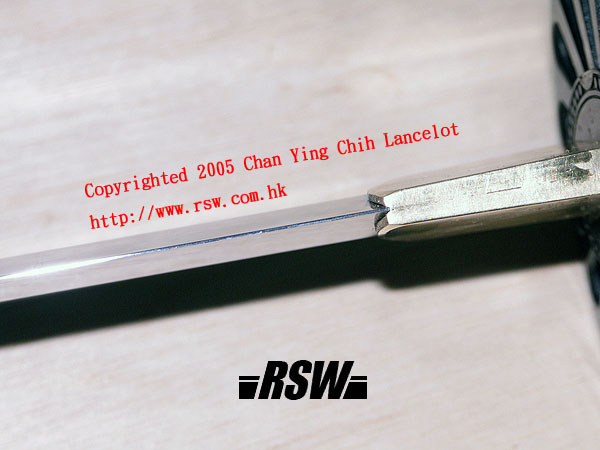
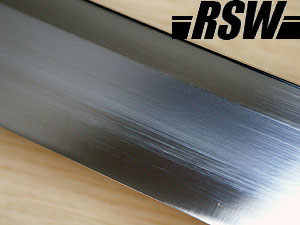
Before putting the sword to test, I measured its dimensions and specifications. Shown as follow:
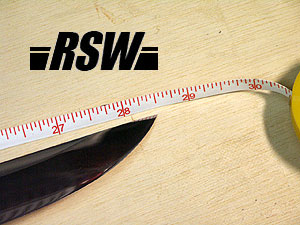
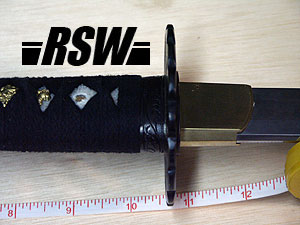
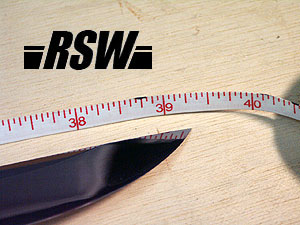
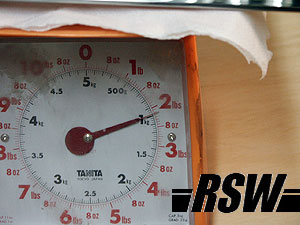
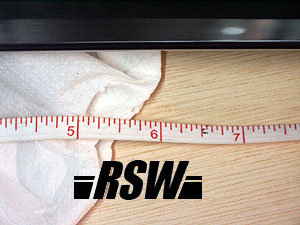
Blade Length: 28.5 " Hilt Length: 10.5"
Overall Length: 39.25"
Weight: 2 lbs 3 oz / 1kg
Point of Balance: 6" from the guard
Afterwards, I proceeded to test it. At first, I tested its sharpness by holding an A4 paper by one hand, and the sword by the other, and cut the paper just by a push. The sword was very sharp that it bit into the paper's edge easily and sheared it into 2 pieces.
Then I test cut it on an easy target, the water filled bottle. I felt embarrassed that I over powered myself in the cut for I did not expect it would be so easy! If my spadona's cutting was as if it passed through nothing, then I have no word to describe the Katana's cutting experience. Maybe I could describe it as cutting through vacuum.
Finally, I put the sword against the ultimate test of pork arm cutting, which many swords with an edge not hard enough would fail in this test. The Katana was very sharp so I held my doubt. Since I had learned from the bottle cutting that this sword was so sharp, I did not over power myself this time and cut with ordinary power. The cut went through like nothing again. I had never cut at pork arm with so little resistance. Then I proceeded to make the next cut. Again, it was going deep without much impact.
What was more was that the edge suffered no damage at all. Below is the video of the test.
Here are the photos of the spots of the edge that were used in the test cutting. I left the marks unclean when taking the photos to show exactly where it hit the target. Later on I cleaned the blade off. Surprisingly, the edge did not take any bit of damage despite its thinness.
